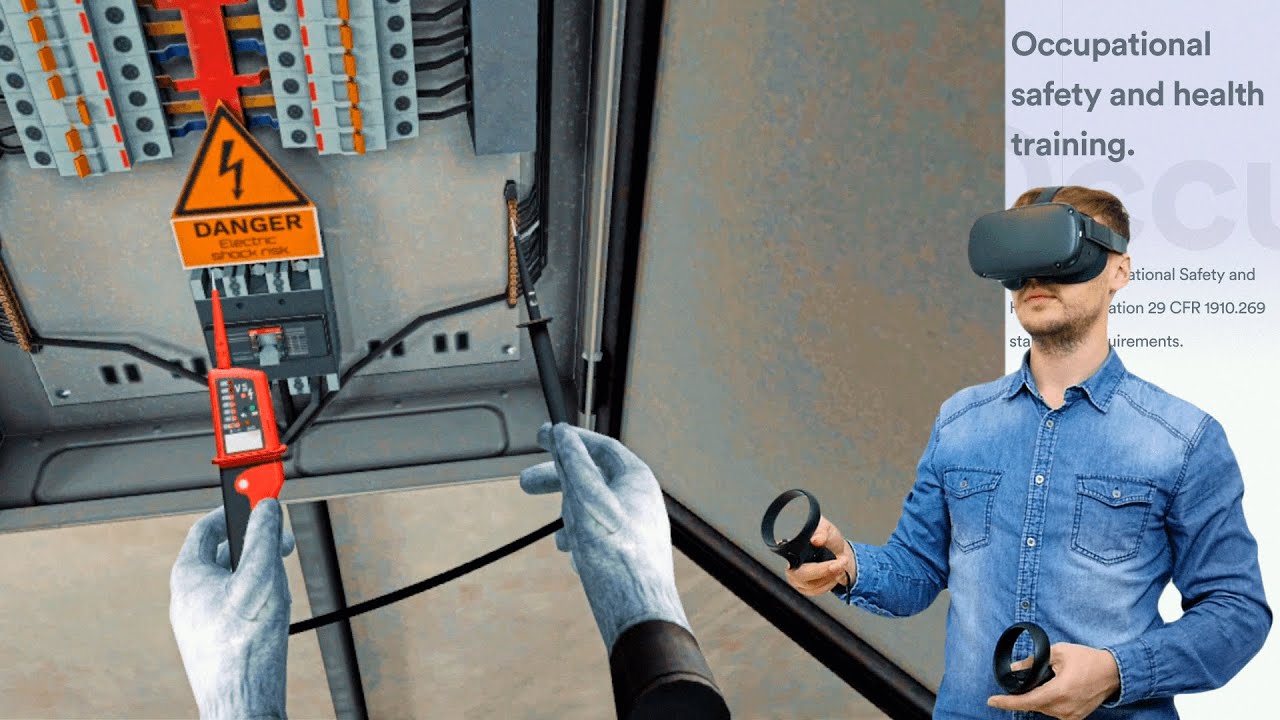Importance of Workplace Safety
Workplace incidents create a major safety issue which results in several injuries together with fatal outcomes during each annual period. Workplace hazards remain a significant cause of workplace incidents until workers complete proper training programs for hazard recognition. Through risk-free VR fire extinguisher training staff learn effective emergency response protocols which they can demonstrate during fire safety exercises using virtual reality technology. Organizations that deploy these preventive methods reduce workplace accidents and guarantee higher employee protection
Understanding OSHA and Its Role in Workplace Safety
As a federal agency OSHA exists to develop and enforce workplace safety regulations throughout all businesses. OSHA exists to establish safety requirements that will safeguard employees while they work.
These standards cover a variety of workplace hazards, including:
Electrical safety
Fall protection
Hazardous materials handling
Machine guarding
Respiratory protection
OSHA Inspections and Compliance
OSHA defines workplace safety standards while inspecting work sites to check for compliance. Occupational Safety and Health Administration executes penalties and citations and orders workplace closures as discipline for safety violations when work areas represent immediate employee hazards. The American workforce possesses the right to issue safety concerns to OSHA and make official complaints about unsafe working conditions as well as report any experienced retaliation after reporting safety issues.
The Impact of Workplace Accidents
Work-related accidents together with illnesses cause 2.3 million annual worker fatalities worldwide as reported by the International Labour Organization. This translates to more than six thousand deaths daily. Yearly around the world there are 340 million occupational accidents along with 160 million cases of work-related diseases.
Common Causes of Workplace Accidents:
Lack of proper training
Insufficient safety equipment
Poorly maintained machinery
Unsafe work practices
Environmental hazards (e.g., poor lighting or ventilation)
The Role of Virtual Reality (VR) in OSHA Training

Training is essential in hazardous industries, and Virtual Reality (VR) technology has emerged as a powerful tool for improving safety compliance. Industries dealing with hazardous materials, transportation, and heavy machinery—primarily classified under OSHA’s general industry regulations—are increasingly adopting VR-based training solutions.
Benefits of VR in OSHA Training
Immersive and Interactive Learning
VR provides a realistic, interactive training experience that engages workers and helps them retain critical safety knowledge.
Simulation of Hazardous Situations
VR allows workers to practice handling dangerous scenarios—such as fires, explosions, or chemical spills—without real-world risks.
Cost-Effective Training
Traditional safety training often requires expensive equipment and real-world simulations. VR training reduces costs by eliminating the need for physical setups and materials.
Customizable Training Modules
VR training can be tailored to specific job roles, hazards, or industries, ensuring that workers receive relevant and practical safety instruction.
Risk-Free Emergency Response Training
Employees can practice using safety equipment and responding to emergencies in a controlled virtual environment before facing real-life situations.
Is VR Fire Training OSHA-Compliant?
The main benefit of virtual reality-based training by OSHA is its ability to generate lifelike dangerous scenarios which workers experience safely. OSHA training for fire safety takes place in a VR setting where staff members execute fire extinguishing procedures and evacuation operations and emergency actions.
The main objective of OSHA is to confirm effective safety training which makes VR-based programs regarding safety standards eligible for compliance as long as they adhere to OSHA safety requirements. Current organizations adopt VR technology for OSHA training programs which combines training effectiveness with OSHA regulatory compliance standards.
Conclusion
The field of workplace safety receives immediate priority because VR technology generates transformative solutions by providing interactive and immersive training that reduces costs. Virtual reality training environments create safe spaces to teach essential security skills which normally require dangerous direct exposures. OSHA training conducted through VR technology adoption by industries creates multiple advantages that include higher organization compliance rates and securely trained workers with reduced accident risks.
To ensure successful implementation of VR-based fire safety training programs you must verify that the system adheres to all OSHA safety guidelines.
You can check out this blog to learn more about “VR Safety Trainings in Refineries: Helping Reduce Errors.”


